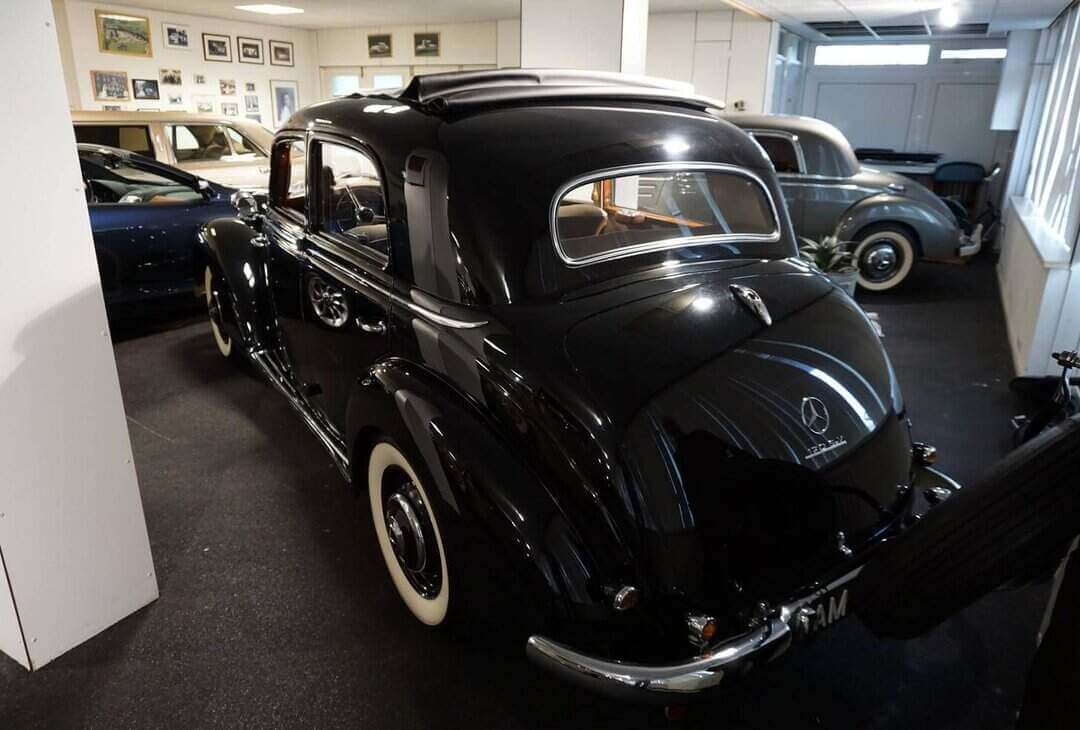Introductie en historie Mercedes-Benz W136

Introduction and History of the Mercedes-Benz W136 Series (Mercedes-Benz 170 V)
The Mercedes-Benz W136, better known under its model designation 170 V, was first introduced in 1936 and became the most-produced Mercedes-Benz model before and after World War II. As a practical, robust, and relatively affordable vehicle, the W136 played a vital role in reviving Mercedes-Benz’s passenger car business during the 1930s and again in the devastated postwar economy of the late 1940s.
Despite its modest size and power, the W136 stood out for its refined engineering, reliability, and versatility, and was produced in a wide variety of body styles — from sedan to roadster, and even as ambulances, police cars, and light trucks.
Historical Background
Mercedes-Benz introduced the 170 V at the International Automobile and Motorcycle Exhibition (IAMA) in Berlin in 1936. It was launched as a replacement for the aging six-cylinder 170 (W15). The “V” in 170 V stood for “Vornmotor” (front engine), as opposed to the 170 H (“Heckmotor”) which had a rear engine.
The W136 proved to be an immediate success, thanks to its modern chassis, fuel economy, and affordability. It became the backbone of the Mercedes-Benz lineup in the years leading up to the Second World War, with more than 75,000 units produced before 1942.
After the war, it became the first model to be put back into production by Mercedes-Benz in 1946 in the ruined Sindelfingen and Untertürkheim factories, re-establishing the company’s automotive presence during Germany’s reconstruction.

Technical Overview
Engine:
1.7-liter inline-4 (M136)
Output: 38–45 hp (varied by version)
Top speed: ~110 km/h
Chassis:
Body-on-frame construction
Independent front suspension with transverse leaf spring
Rear swing axle
Transmission:
4-speed manual gearbox
Brakes:
Hydraulic drum brakes on all wheels
Fuel consumption:
Approx. 10–11 L/100 km (very economical for the time)

Model Variants and Body Styles
The W136 series was known for its versatility. Body styles included:
2-door and 4-door sedan (“Limousine”)
Convertible sedan (“Cabrio-Limousine”)
Roadster
Cabriolet A and B (2-seater and 4-seater luxury convertibles)
Police and Taxi versions
Station wagons and ambulances
Light trucks and panel vans (“Kastenwagen”)
Military versions (before and during WWII)
Postwar Variants:
170 Vb (1950–1953): Slight body changes and technical refinements
170 D (Diesel, 1949–1955): First postwar diesel passenger car from Mercedes-Benz
170 S (W191, based on W136 chassis): A more luxurious derivative with a larger body
170 S-V and 170 S-D (1953–1955): Hybrid versions combining the W191 body with W136 mechanics
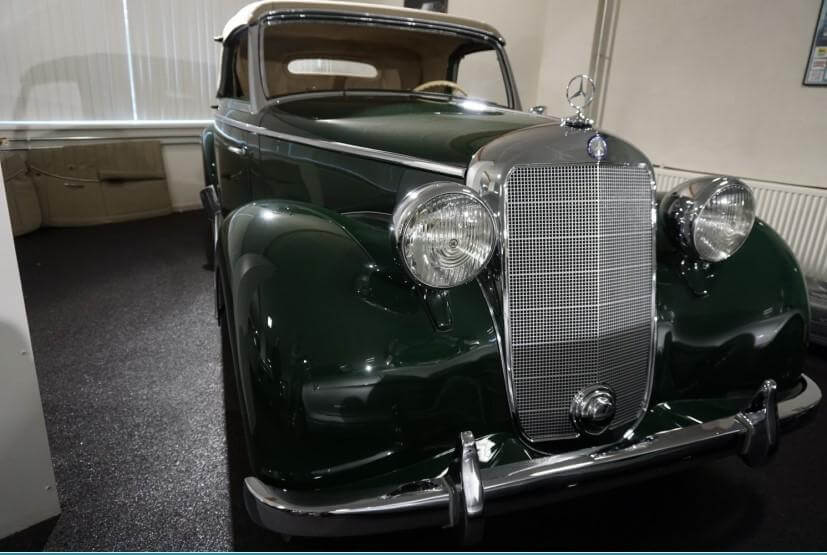
Production Figures
| Model | Production Period | Units Produced |
|---|---|---|
| 170 V (prewar) | 1936–1942 | ~75,000 |
| 170 V (postwar) | 1946–1953 | ~140,000 |
| 170 D (diesel) | 1949–1955 | ~50,000+ |
| Total W136 family | 1936–1955 | >200,000 |
This made the W136 the best-selling Mercedes-Benz model of its era.
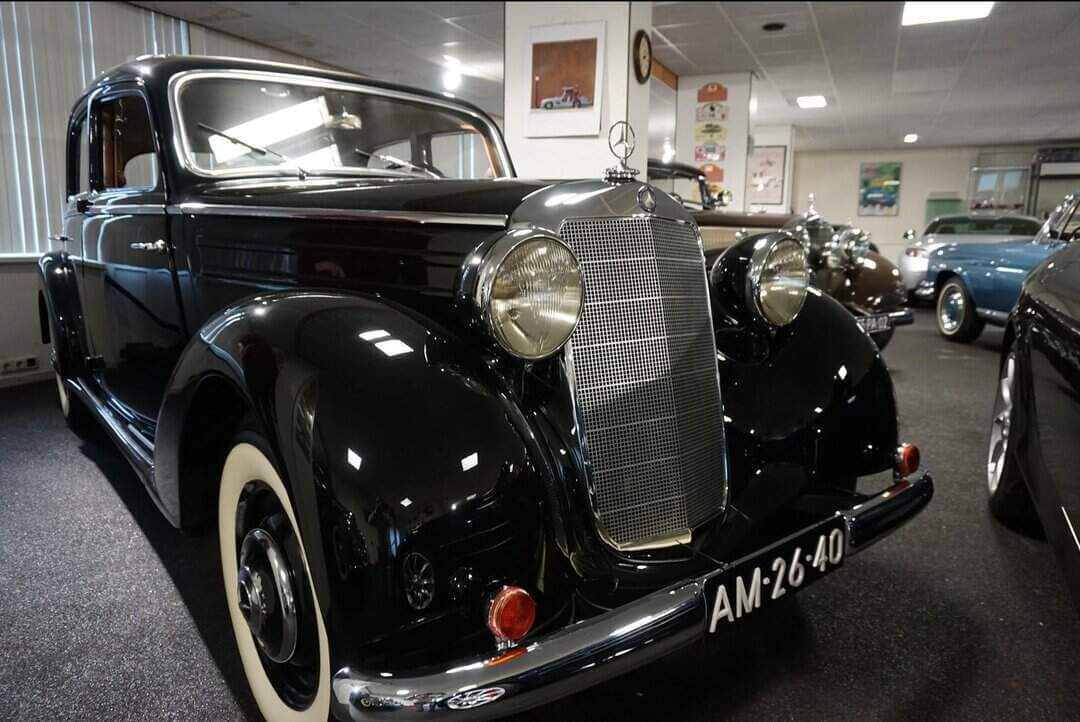
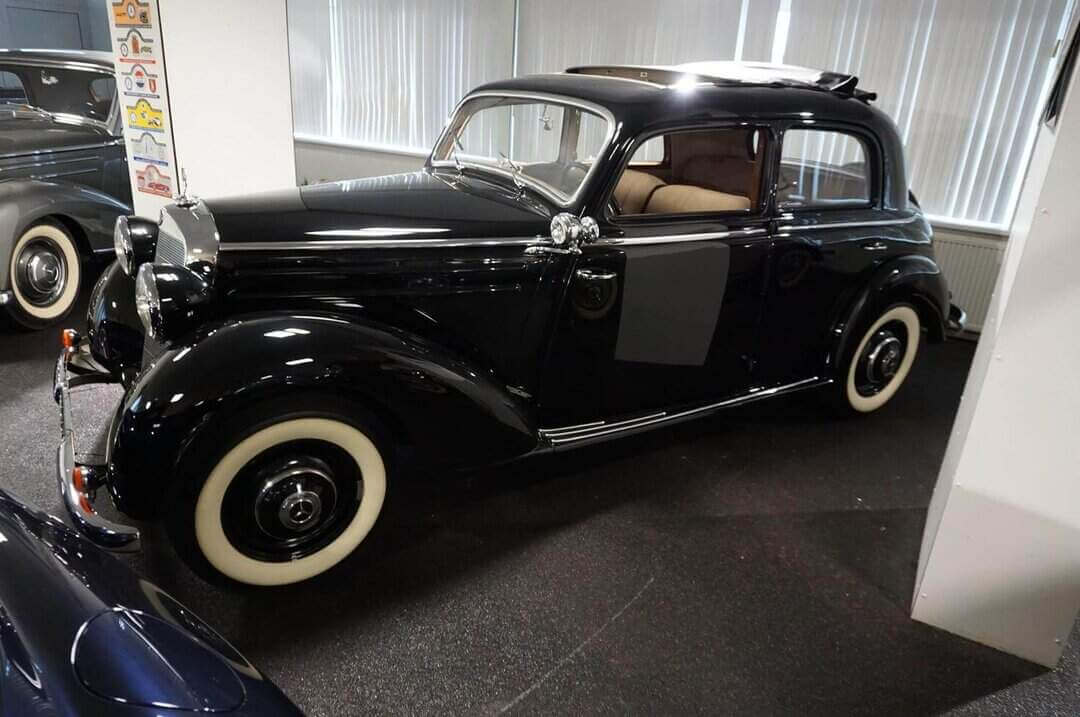
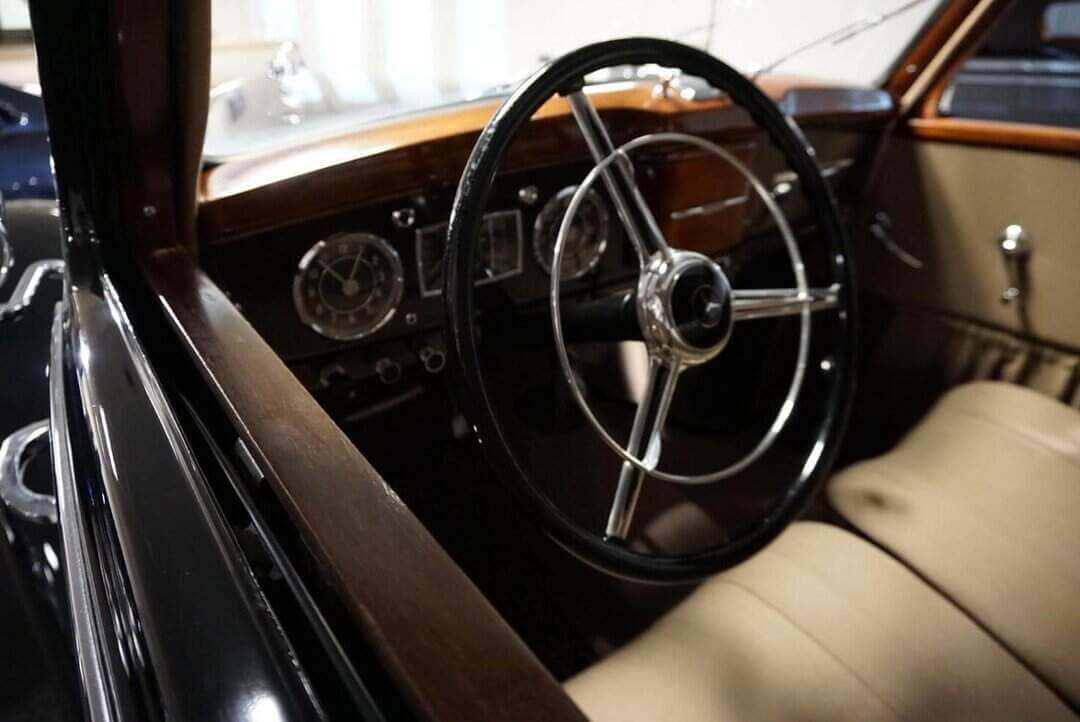
Significance and Legacy
First true mass-produced Mercedes-Benz car
Foundation of the company’s postwar revival, alongside the W187 and later Ponton models
Introduced diesel engines into the passenger car market (170 D) — a hallmark of Mercedes-Benz for decades
Valued by professionals (doctors, lawyers), taxis, and government services
Its robust engineering and simplicity made it a favorite in both civilian and military use
End of Production and Succession
The W136 was finally retired in 1955, succeeded by the more modern Ponton series (W120/W121). However, its legacy lives on: it symbolized both Mercedes-Benz’s engineering ethos and Germany’s economic resilience during one of the most difficult eras in its modern history.
